***This article originally appeared in the February ’23 issue of Animation Magazine (No. 327)***
Last June, audiences at Annecy discovered the charming 2D-animated feature Little Nicholas: Happy as Can Be (Le Petit Nicolas: Qu’est-ce qu’on attend pour être heureux?), which is based on the popular French children’s book series written by René Goscinny and illustrated by Jean-Jacques Sempé. Directed by Amandine Fredon and Benjamin Massoubre, the seamlessly realized movie manages to deliver a difficult hat trick: It pays homage to the creators of the books by weaving in their life stories as they set out to launch the project together, as well as offering vignettes featuring the mischievous schoolboy Nicholas and his friends and family. We had a chance to chat with Massoubre about how he and Fredon were able to pay such a lovely tribute to the life and art of Sempé and Goscinny:
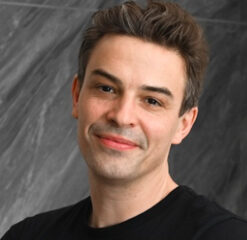
Animation Magazine: Congrats on your wonderful new movie, which has just been released in the U.S. Can you tell us a little bit how you got involved with the project?
Benjamin Massoubre: I met the film’s producer Aton Soumache (The Little Prince) years ago and worked as an editor on a TV series that he produced, and also worked with him on Joann Sfar’s movie Little Vampire. He offered me the job because he knew I had a special history with the Little Nicholas books, as I come from a family of school teachers and they used the books to teach students to read. So, when he finally secured financing for the project, he asked me and Amandine Fredon to direct the movie. We started work on the movie in early 2020, when France was in full lockdown for COVID.
What would you say was the best part of working on a movie about these two well-loved creators and this modern children’s classic?
I loved to learn more about the lives of Goscinny and Sempé. We were able to find some material in their lives that cast a new light on how and why they created Little Nicholas. Structurally, it was also a difficult movie. It’s not your usual three or four-act movie. We put a lot of heart into it, because instead of having a narrative arc, it has an emotional one. It’s really a movie about resilience, about two men who were robbed of their childhood — one who was the victim of an abusive stepfather (Sempé) and one (Goscinny) who lost part of his family in the Jewish Holocaust. These two men created Little Nicholas, who has a perfect dream childhood, and were able to live through him. Amandine and I found that the essence of the movie was the story of their resilience.
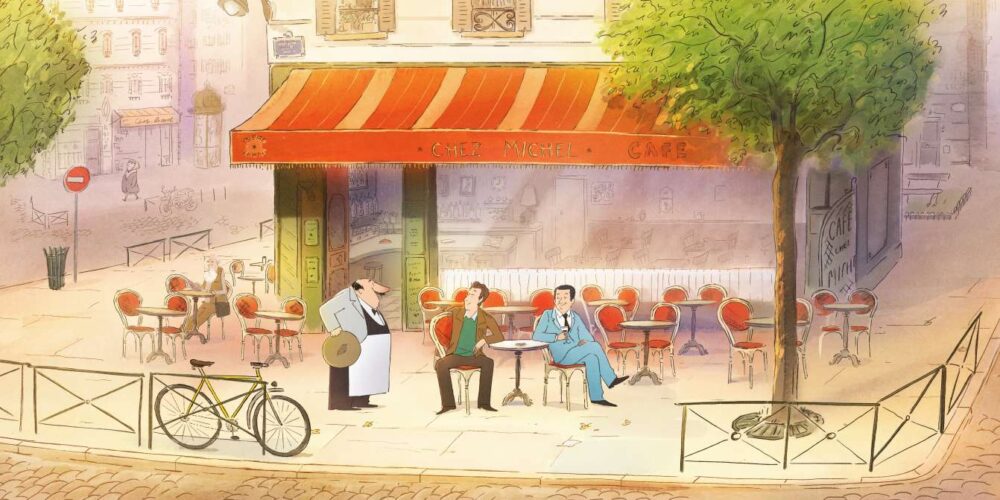
The movie manages to interweave the story of the book’s creation with vignettes from the books themselves. Was that always part of the original plans for the project?
In the early days of development, the producers planned to combine archival footage of the creators with the animated segments, but the live-action material was not as good as we wanted them to be, so that’s when it was decided to have both sections of the movie be animated.
We first had the script written by René Goscinny’s daughter Anne and Michel Fessler (March of the Penguins). We added more biographical material to the script. Amandine and I wanted to flesh out the creators’ stories, so we added more biographical material to the movie. We felt that we had never seen the story of a writer and an illustrator working together on the screen, so we were excited to extend the portions of the movie about the creators’ lives in an animated format.
Can you tell us about the studios that worked on the movie?
There were so many studios involved. In France, we have a lot of indie studios that join forces to produce a movie, and sometimes we just build them from scratch to produce a project. Among the studios that helped us create the animation were Shan Too (Angoulême), which is run by Gilles Cuvelier and Arnold Boulard’s Gao Shan Pictures, located on the island of Réunion, and a smaller studio in the north of France called Train-Train. Most of the sets and compositing were done in Luxembourg, so I found myself taking a lot of trains in Europe throughout the production.
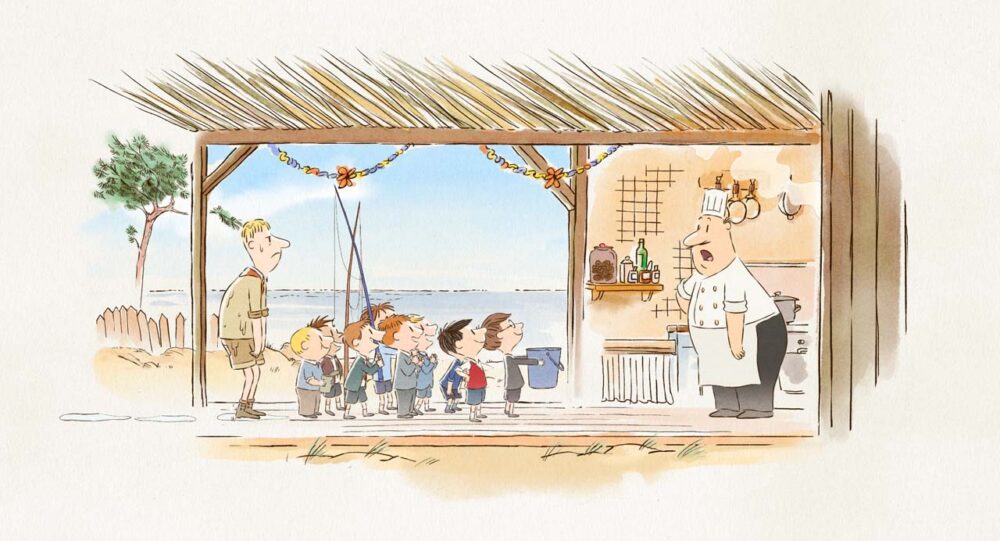
You did a wonderful job of paying homage to the books’ original ink and watercolor illustrations. How did you develop that technique?
It was mostly done in Toon Boom Harmony. Our animation director Juliette Laurent and our art director Fursy Teyssier collaborated with Jean-Jacques Sempé. He was already sick at the time, but he was 100 percent behind us. As we developed the set and character designs, everything was approved by him … It was really fun and emotional for us to work with him because he’s such a big influence and legendary figure in France. Even though he was ill, his spirit was always up.
He always used ink and watercolor, so we set out to reproduce his style with Harmony. We also allowed some white space around the frames to pay tribute the way his illustrations looked on the pages of the book. It took a lot of back and forth to imitate the style and pay a true homage to his work. [Sempé, who drew more than 100 covers for The New Yorker, passed away last August, six days before his 90th birthday.]
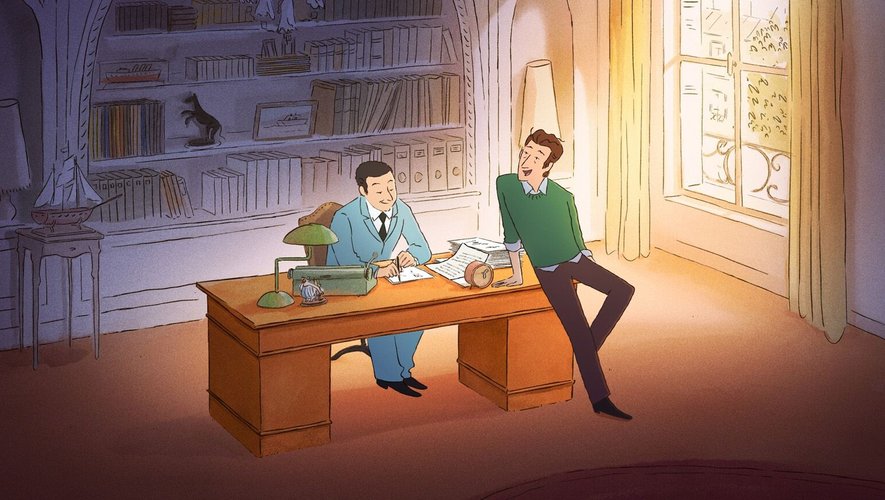
It must have been moving to see the audience response to the movie in France.
The movie came out in early October and we had an amazing response from the audience. Even though it is still hard to get people in theaters these days. What made us happy was how people who grew up with the books in the ’60s and early ’70s came to see the movie with their children and grandchildren. It was quite emotional that we made a movie that spoke to these different generations of fans.
Why do you think the characters and their stories still resonate with audiences?
The stories written by Goscinny are in first person. Nicholas is narrating these books, and they are still very funny. Although life is very different for kids growing up in the world today, they still have similar experiences with their families, their friends at schools and teachers. The comedy and poetry are still relevant today.
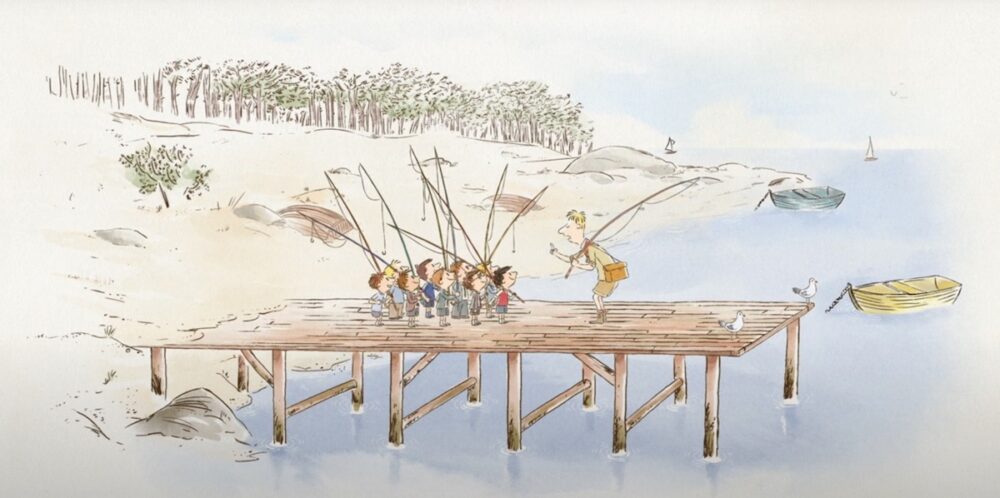
You have worked as an editor on many of the best animated shows and features coming out of France over the past decade, from Arcane and I Lost My Body to Calamity, Little Vampire and Summit of the Gods. How did you get interested in animation?
It’s funny, because I don’t draw myself. I come from a screenwriting and editing background. But I grew up in a town near the center of France and lived close to a city called Clermont-Ferrand, which is famous for its short film festival. When I was in high school, I used to see a lot of animated short films at the festival and I was inspired by their creativity. They really opened my eyes to the possibility of the medium.
In the late ‘90s, I saw Toy Story and The Nightmare Before Christmas, and then we had the Miyazaki movies and the Aardman shorts and movies. When I first arrived in Paris, I was lucky to get my start in animation. Back then, in France, we were producing only one movie every two years, and now we are so lucky because we are making 10 movies each year, in different styles and content. I feel like we’re living in the Golden Age of animation. Even big U.S. studios are exploring new ways of making CG movies with movies like Spider-Verse and The Bad Guys. It’s a very exciting time to be working in animation!
Buffalo 8 releases Little Nicholas: Happy as Can Be in select U.S. theaters beginning Friday, December 16.






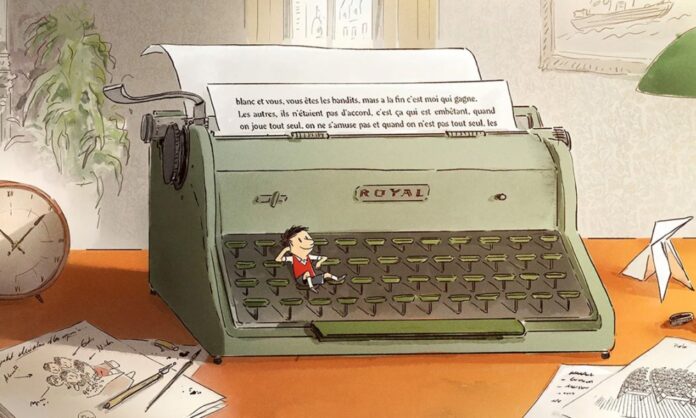


 Win a Funko X Lilo & Stitch Prize Pack!
Win a Funko X Lilo & Stitch Prize Pack! 


